Fifty years ago, when laundry detergent was less effective and left our clothes scratchy and uncomfortable, fabric softener came on the scene to save the day. But today’s modern detergents do a fine job at both cleaning and softening our clothes, so the question is – do we really need the extra step? If you ask Millenials, most of them will say no. In fact, fabric softener yet is another casualty in the saga of “industries being killed by Millenials” [1].
More Harm Than Good
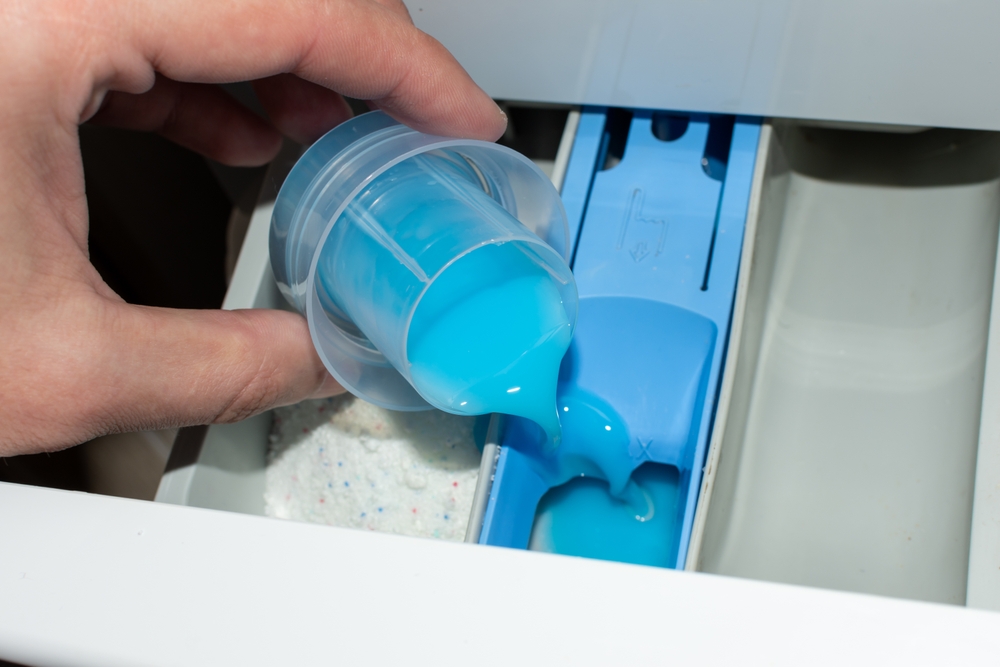
Some companies claim that Millenials “don’t even know what the product is for”, and while a lack of laundry know-how could account for the fall of liquid softener sales, it is possible that the real reason younger generations are opting not to purchase the product is because of health and safety concerns [1]. An increasing amount of evidence and research has been coming out over the last decade, revealing that fabric softener may be worse for our clothes, our environment, and even our own health than what it’s worth. The net benefit just isn’t there.
Read More: List: Worst Laundry Detergent Brands with Ingredients Linked to Allergies, Cancer
Damage To Your Clothes
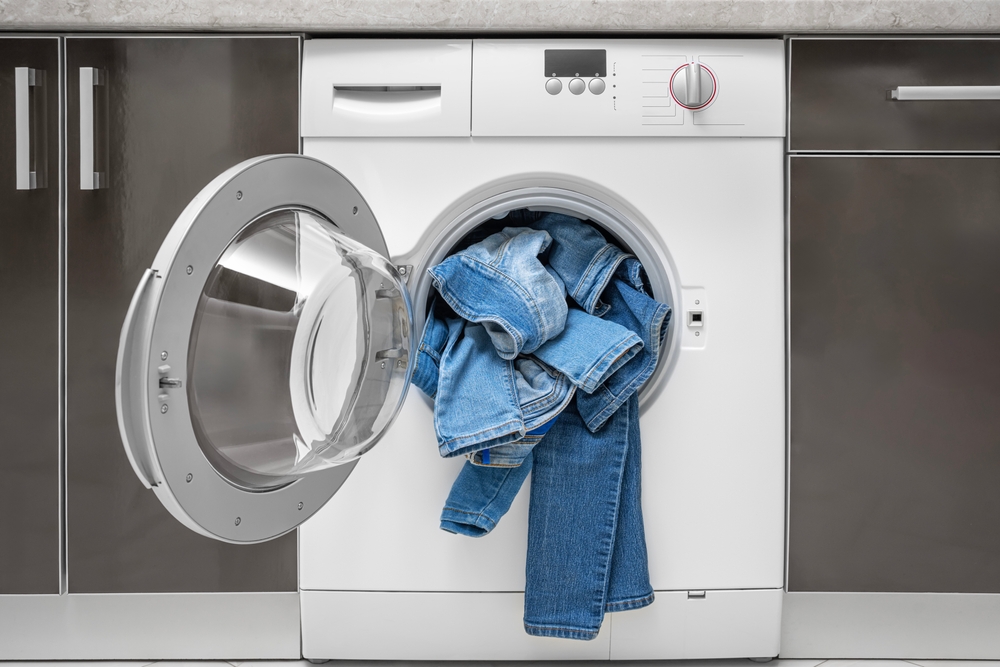
You might be surprised to find out that while liquid softener may be making your clothes feel better, it’s actually damaging the material. Basically, fabric softener works by applying a thin, waxy coating to the material it’s being used on. This coating has to be water-resistant so that it doesn’t get rinsed off during the washing process, which makes your clothes feel softer but also less capable of absorbing water and laundry detergent.
This actually makes it more difficult to clean your clothes, and over time can cause them to lock in bad odors. This is particularly true for natural fibers like cotton, hemp, and bamboo. Synthetic materials also don’t respond well to softener and it can leave a residue on the material that makes it look dull and lock in smells [3]. Athletic clothing, in particular, should not be treated with fabric softener, since the waxy coating builds up over time and impedes the material’s ability to absorb sweat [2].
Damage to the Environment
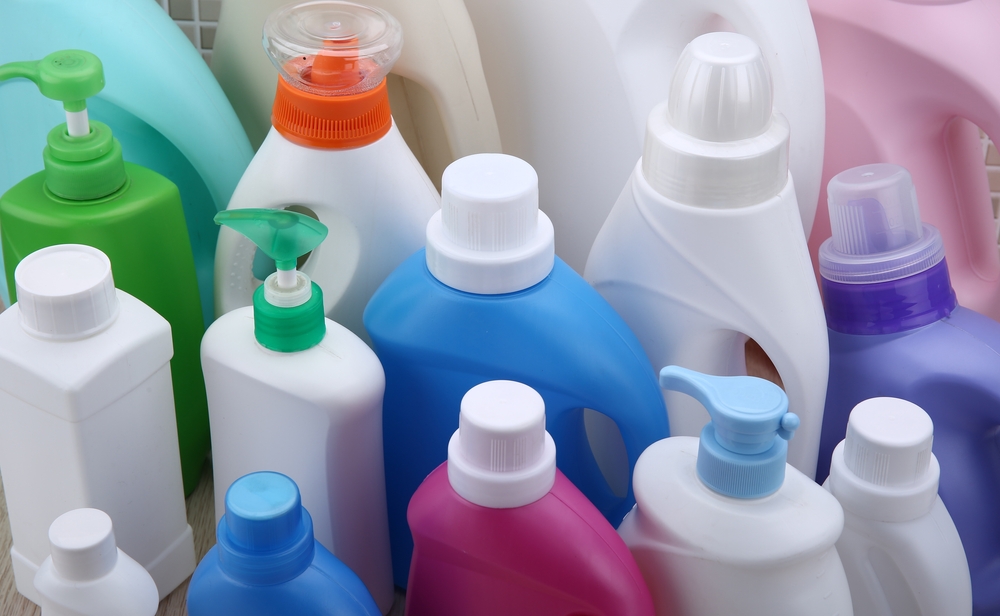
That waxy coating has got to come from somewhere, and unfortunately that “somewhere” is a mixture of non-renewable, petroleum-based chemicals that won’t biodegrade [3]. Fabric softeners contain quaternary ammonium compounds, aka “Quats”, which are responsible for making clothes feel nice and soft as soon as they come out of the wash [4].
These compounds, however, are known to be toxic to aquatic organisms, like fish. Quats disrupt the structure and function of gill tissues, making it difficult for the fish to breathe, and eventually suffocating them [5]. Another chemical commonly found in fabric softeners is glutaral, also known as glutaraldehyde, which is also known to be toxic to fish and other aquatic organisms [6].
Damage to Your Health
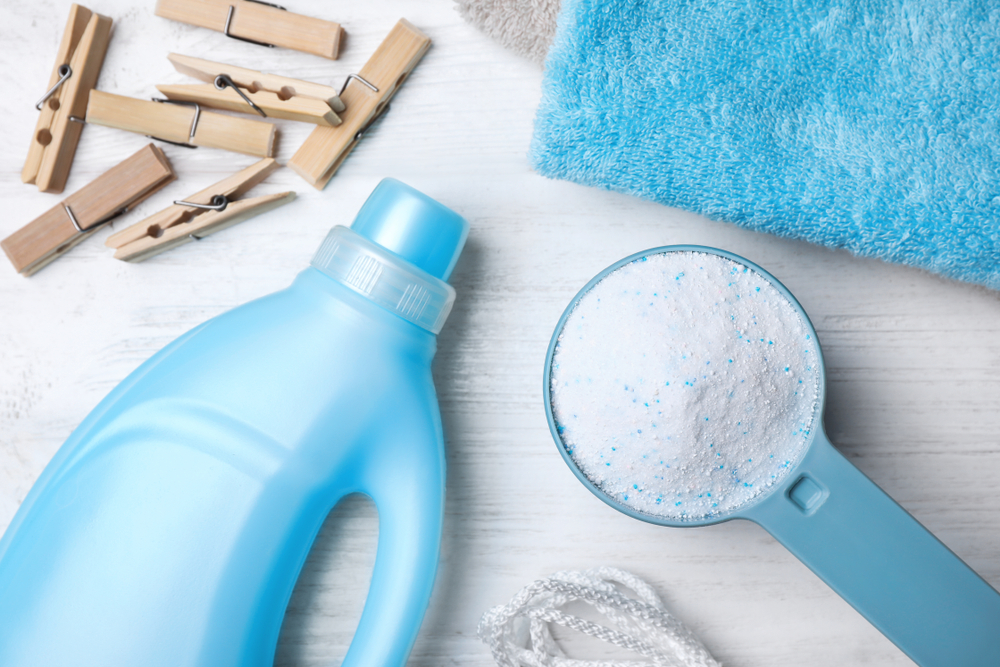
Those same chemical compounds that are lethal to fish are, not surprisingly, not great for humans either. Quats are known to trigger asthma, and there is some research to suggest that it might be damaging to our reproductive systems as well [7,8]. Your fabric softener most likely also contains fragrance, which could include more than three thousand ingredients, including phthalates, which disperse scent and have been shown to be detrimental to human health, especially with regard to male reproductive health [9].
Galaxolides are synthetic musks that are also a common ingredient in softeners, which accumulate in the body over time [10]. Preservatives and colors also present health concerns. Methylisothiazolinone is a common preservative in softeners and has been reported as being a skin allergen [11]. And remember glutaral? The one that kills fish? It also triggers asthma and skin allergies in humans [12,13].
Read More: Is Laundry Detergent Toxic? 7 Questionable Ingredients to Look Out For
Alternatives to Fabric Softener
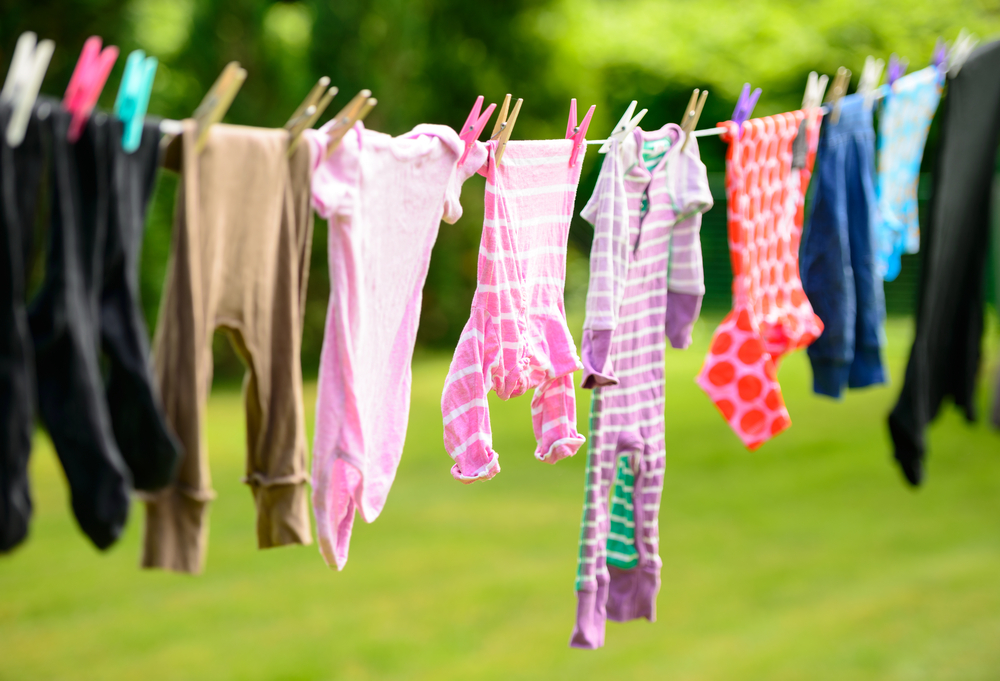
The reality is, you really don’t need a softener at all. Your clothes may not be quite as soft as you’re used to, especially if you tend to let them hang dry, but the adjustment is fairly painless. If you do use a dryer, you could try using wool or felt dryer balls, or balls made of aluminum foil. Alternatively, you could add one cup of white vinegar to your rinse cycle instead [2].
You could also try making your own at home following this recipe:
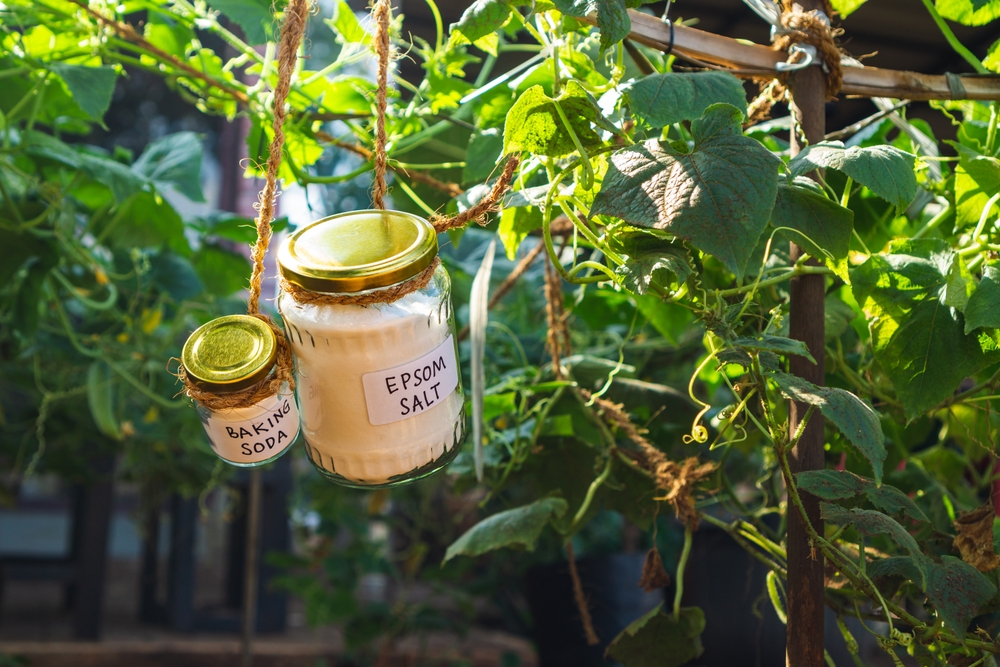
Ingredients:
- 2 cups of Epsom salt or coarse sea salt
- 20 to 30 drops of essential oil (peppermint or lavender work well)
- 1/2 cup baking soda
Directions:
- Using a large bowl or pan, mix the essential oils with the Epsom salts first, then stir in the baking soda.
- Pour the mixture into a container with a tight-fitting lid.
Another option is to head over to your nearest health store that has a robust household section. They are bound to have organic, all-natural alternatives to traditional softeners.
Just read your labels carefully, and watch out for ingredients like distearyldimonium chloride, diethyl ester dimethyl ammonium chloride, variants of hydroxyethyl methyl ammonium methyl sulfate, or the vague terms “biodegradable fabric softening agents” and “cationic surfactant.” [4] It is important to remember that health is not just about the food you eat and the amount you exercise, it is also about limiting your environmental toxins as well, so you can live a long, healthy life.
Read More: All the Ways Miracle Product Borax Could Be Used to Change Your Life
Sources
- https://www.independent.co.uk/life-style/millennials-industry-casual-dining-weddings-beer-razors-golf-motorcycles-fabric-softener-a8574281.html
- https://www.ecowatch.com/3-reasons-you-should-skip-fabric-softeners-and-dryer-sheets-1891128935.html
- https://www.osti.gov/biblio/5695892
- https://www.sciencedirect.com/science/article/abs/pii/S0147651300920311
- https://link.springer.com/article/10.1007/s004200000162
- https://www.sciencedirect.com/science/article/pii/S0890623814001920
- https://oem.bmj.com/content/62/11/806?itm_campaign=oem&itm_content=consumer&itm_medium=cpc&itm_source=trendmd&itm_term=0-A&int_source=trendmd&int_medium=trendmd&int_campaign=trendmd
- https://www.sciencedirect.com/science/article/pii/S0048969709005002
- https://onlinelibrary.wiley.com/doi/abs/10.1111/j.1600-0536.2012.02157.x
- https://onlinelibrary.wiley.com/doi/abs/10.1111/j.1600-0536.2012.02157.x
- https://journals.sagepub.com/doi/abs/10.1177/096032718600500505?journalCode=heta
- https://www.ncbi.nlm.nih.gov/pmc/articles/PMC1837253/

